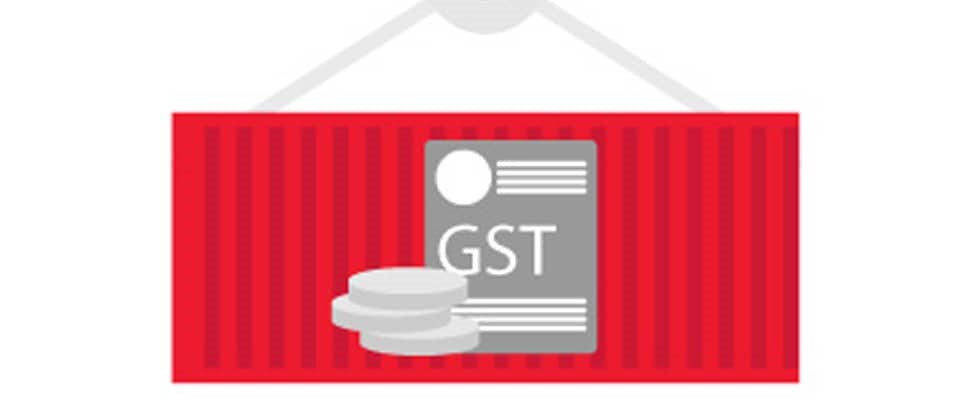The proposed Goods and Services Tax (GST)will unify the country into one market and transform it into a single-tax regime instead of the multiple-tax regime that’s prevalent now. This change will have a positive impact on the logistics sector apart from the other industries that stand to benefit when GST rolls out. The entire dynamics of transportation will change after the introduction of GST.
Today, the scenario is that goods pass through various levels of taxation at various stages in the supply chain. This means that they are subject to multiple levels of taxation, especially when we speak about inter-state sales of manufacturing goods. For instance, an item that costs Rs.100 at the input stage of the manufacturing process may become Rs.200/- till it reaches the final consumer due to the complicated taxation system. This layered system of taxation poses obstacles in the smooth flow of goods across the country as at every level, there is documentation to be fulfilled and approvals to be taken. With the introduction of GST, these roadblocks will cease to exist. Let us find out how.
1. Warehouse consolidation
In the current scenario, organizations that have operations spread across the length and breadth of the country have to operate through warehouses located at multiple locations. This is because each state charges sales tax separately and transfer of goods from one state to another is done through an inter-state sale on which tax exemption is sought. However, after the implementation of GST, since the entire country will come under a unified tax regime and become one market, there will be no need to seek exemption from dual taxation. This will lead to consolidation of warehouses by organizations as they can then operate with lesser number of warehouses located in centralized locations. The smaller warehouses in low-revenue states could then be done away with saving costs for the manufacturing companies.
2. Smooth passage of goods across states
Under GST, multiple check-points installed at various locations in a state, especially at the borders, to check tax-compliance, is proposed to be done away with. This will improve transit times as no time would be consumed in material scrutiny and fulfillment of documentation. A unified market under the new GST regime will facilitate faster and smoother flow of goods across the country.
3. End of extensive paperwork and confusion
At present, the logistics sector is mired in fulfillment of documentation, considering the complicated tax provisions and different slabs for different types of goods. GST proposes to introduce a unified set of tax laws with lesser slabs (5, 12, 18 and 28%) and compartments. This will facilitate lesser amount of time spent on paperwork and ensure faster turnaround times for transporters.
4. Shorter supply chain cycles
Due to the complicated nature of inter-state tax regulations, companies have to operate through a network of smaller and scattered warehouses in various states, thus increasing the length of the supply chain. With GST in place, there will be consolidation of warehouses, thus reducing the time lost between transporting from one warehouse to another. Shorter supply chain cycles will entail lesser time spent on unnecessary activities like paperwork, material scrutiny at checkpoints, compliance with multiple regulations, etc. This will make it smoother for transport companies as they will be able to transport goods with lesser stoppages and breaks in journey. Consequently, it will reduce the need for extensive documentation in inter-state sales, making it a lot easier to transport goods than it is currently.
5. A more organised industry
Introduction of GST will lead to a leaner and fitter logistics industry, which in turn will lead to greater efficiencies. Both transport as well as manufacturing companies will be able to take better advantage of the economies of scale.
GST is poised to be the single biggest change in the logistics industry since India’s independence. It is imperative that all logistics companies gear up for this positive change.






